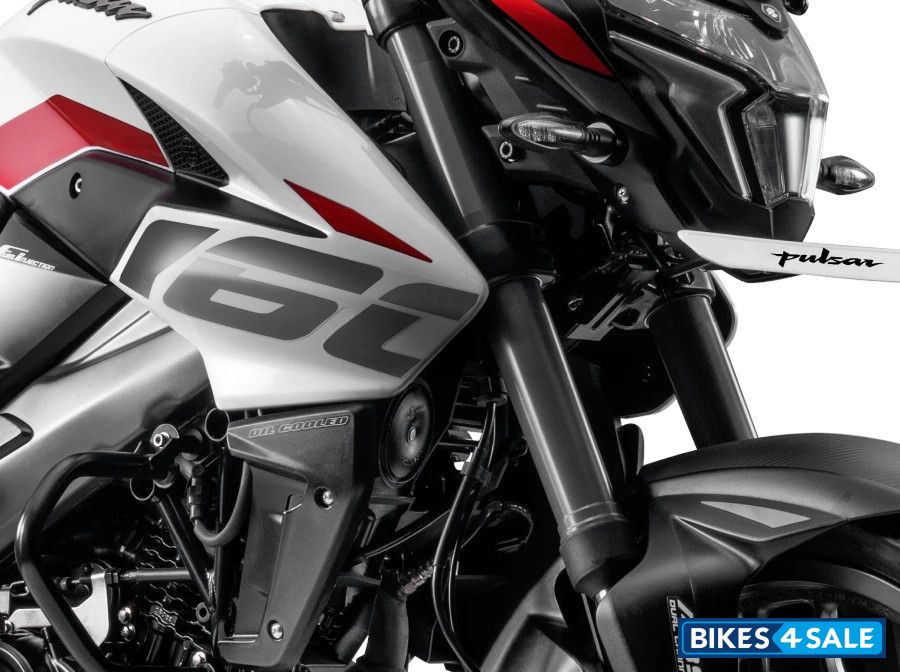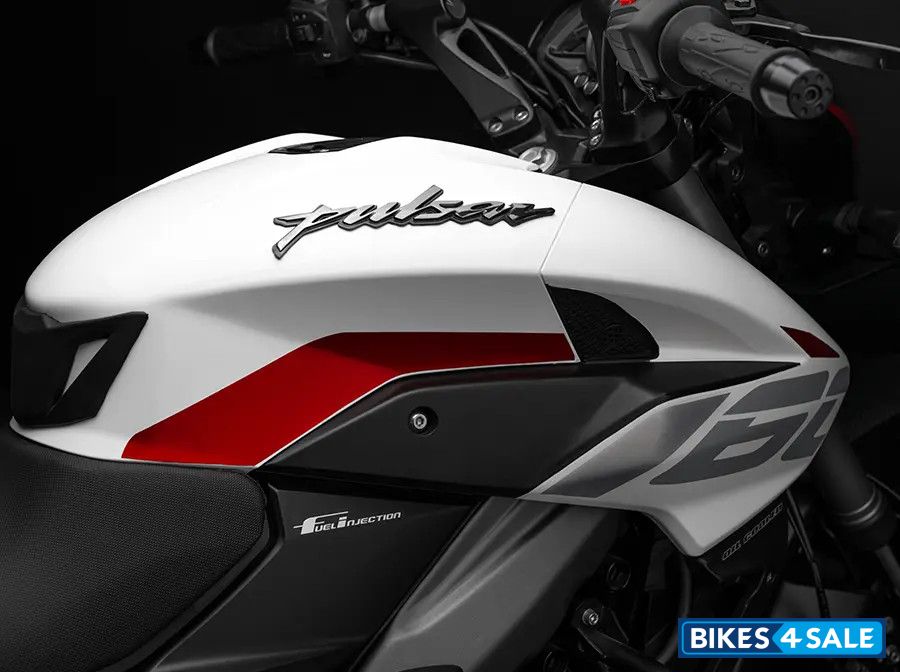Bikes4Sale Price Guide : Used Bike Valuation Tool
Know the market value of your used bike
KMs Run
| Selected Bikes |  Bajaj Pulsar 150
Brand: Model: |
 Bajaj Pulsar NS 160 2024
Brand: Model: |
Brand: Model: |
Brand: Model: |
| Fuel | Petrol | Petrol | ||
| Engine Displacement | 149.50 cc | 160.30 cc | ||
| Engine | 4-Stroke, 2-Valve, Twin Spark BSVI Compliant DTS-i FI Engine | Oil Cooled, Twin Spark, 4-Valve FI DTS-i Engine | ||
| Engine Starting | Electric and Kick | -- | ||
| Maximum Power | 14 PS @ 8500 RPM | 17.2 Ps @ 9000 rpm | ||
| Maximum Torque | 13.25 NM @ 6500 RPM | 14.6 Nm @ 7250 rpm | ||
| Battery | 12V Full DC | DC, 12V, 8Ah VRLA | ||
| Headlamp | 35/35 W with 2 pilot lamps, With AHO (Auto Headlamp On) | LED | ||
| Taillamp | LED | -- |
| Front | 80/100 17 Tubeless | 100/80-17 52 P Tubeless | ||
| Rear | 100 / 90 17 Tubeless | 130/70-17 62 P Tubeless | ||
| Wheel / RIM | Alloy | -- |
| Front | ABS, 260 mm Disc | Dual Channel ABS, 300 mm Disc | ||
| Rear | 130mm Dia. Drum | 230 mm Disc |
| Front | Telescopic, 31mm Conventional fork | Up Side Down Fork | ||
| Rear | Twin Shock absorber, Gas filled with Canister | Nitrox mono shock absorber with Canister |
| Colors | Black/Grey Black /Red |
-- |
| Length | 2055 mm | 2017 mm | ||
| Width | 765 mm | 804 mm | ||
| Height | -- | 1060 mm | ||
| Weight | 148 kg | -- | ||
| Kerb Weight | -- | 152 | ||
| Wheelbase | 1320 mm | 1372 mm | ||
| Ground Clearance | 165 mm | 170 mm | ||
| Fuel Tank Capacity | 15 litres | 12 litres |
| About | The Bajaj Pulsar 150 is a popular motorcycle that has been on the market for many years. With i Read More | The 2024 Bajaj Pulsar NS 160 flaunts a 160.30 cc oil-cooled, twin-spark, 4-valve FI DTS-i engin Read More | ||
| Features | -- |  LED Lighting  Aggressive muscular stylin |
| Pros | - Robust and reliable 149.50 cc, BSVI-compliant DTS-i FI engine. - Sporty and stylish aesthetics. - Respectable fuel economy with a 15-litre tank capacity. - Excellent suspension system for a comfortable ride on varied terrains. - ABS 260mm disc front brake for reliable and safe stopping power. - Reasonably priced for the features it offers. |
-- | ||
| Cons | - Rear drum brake instead of disc could be a potential downside for some riders. - Lack of a digital instrument cluster which is becoming standard in this segment. - Despite the robust engine, top-end performance could be better. - Limited colour options. - Absence of a sixth gear may affect long highway rides. |
-- |
Get the best price for your old bike. Sell your bike at the Largest Used Bike Market.